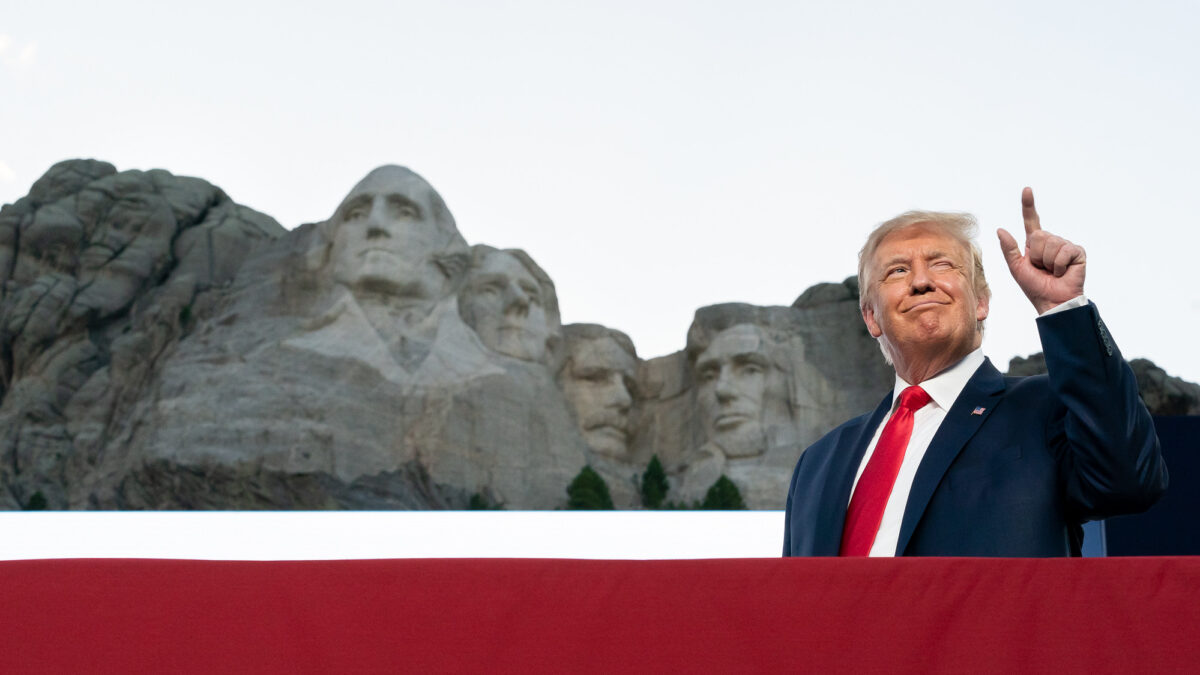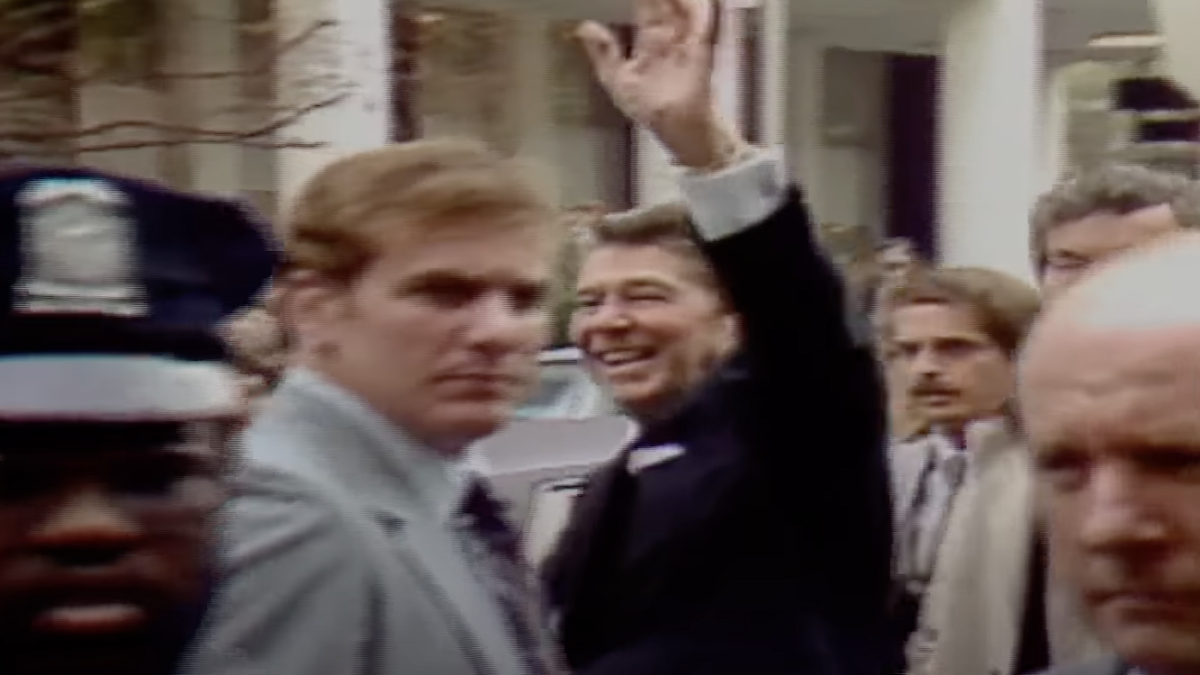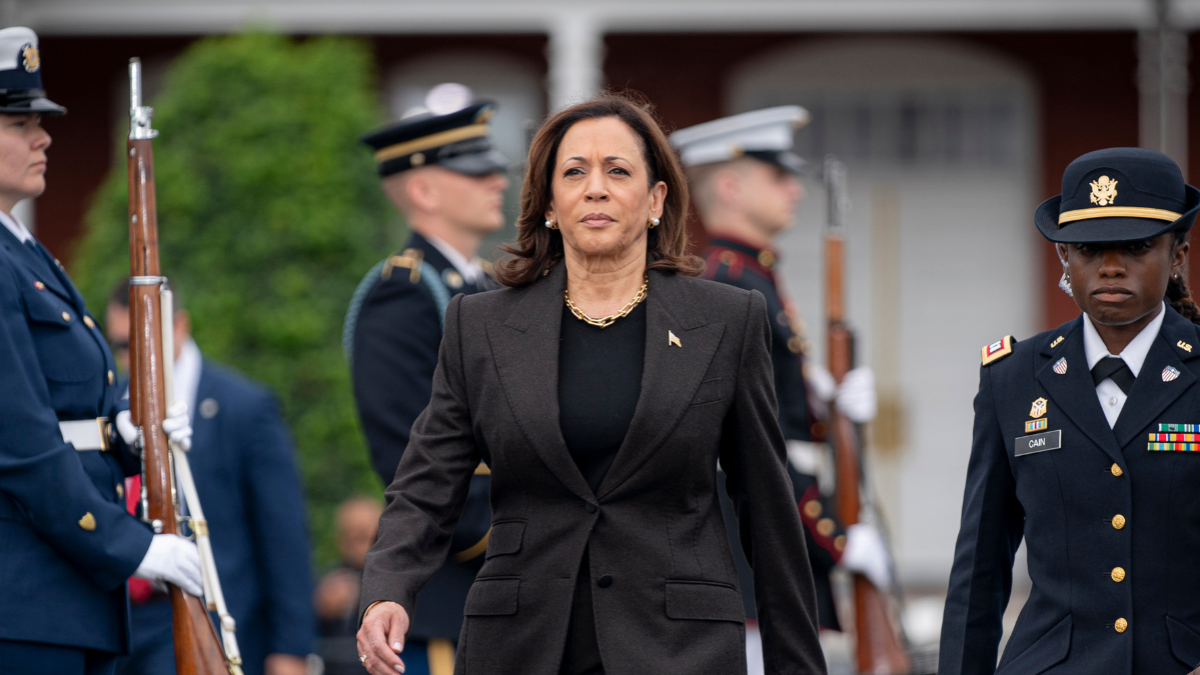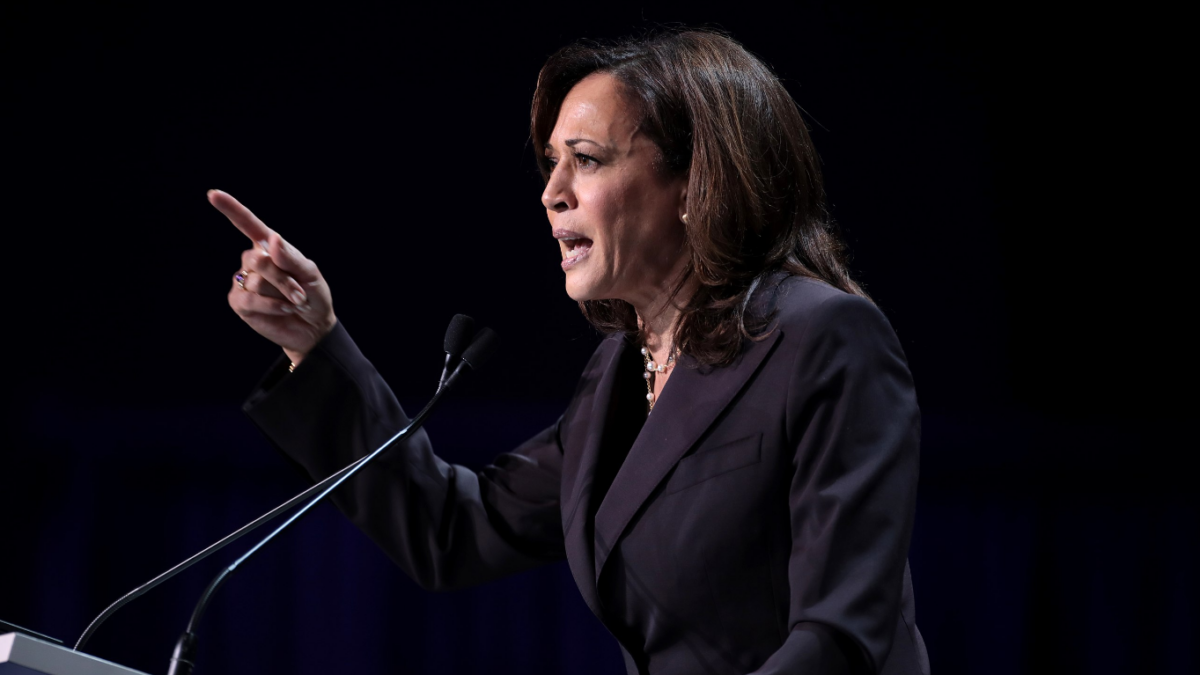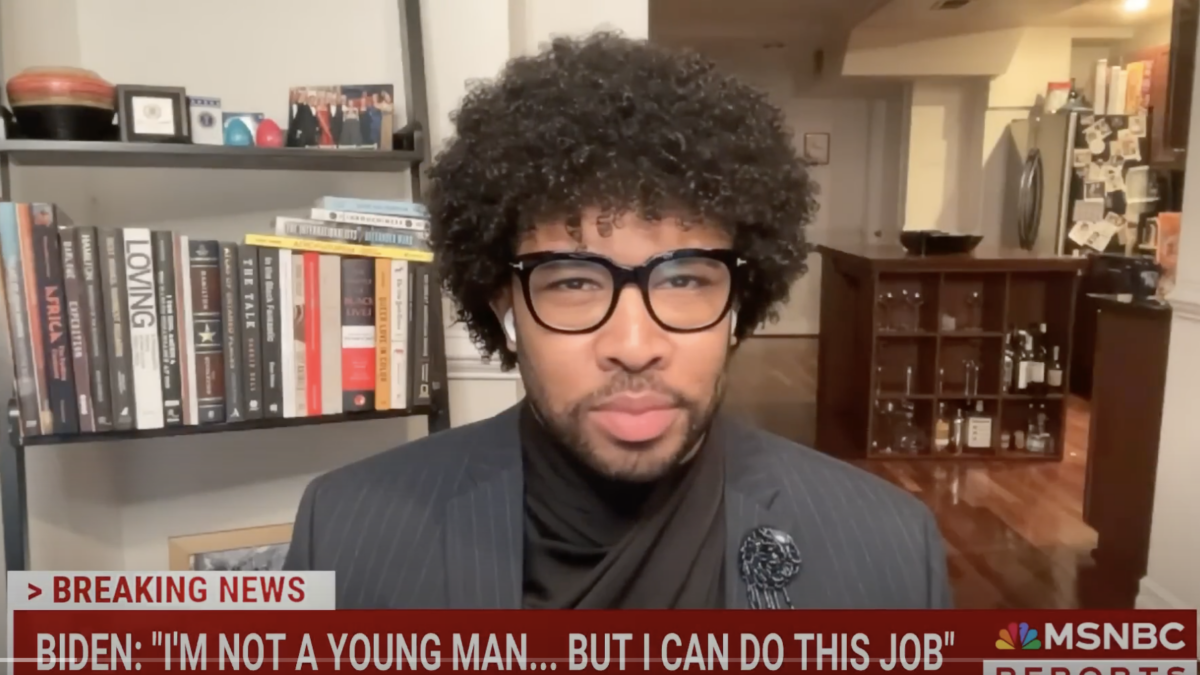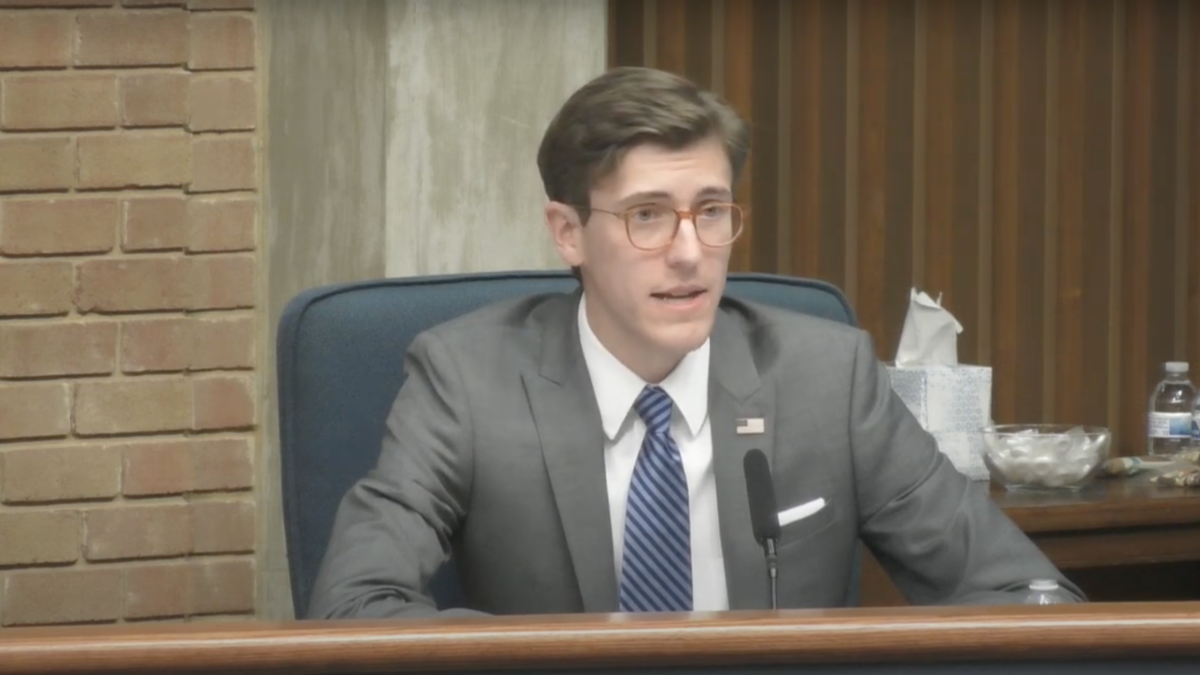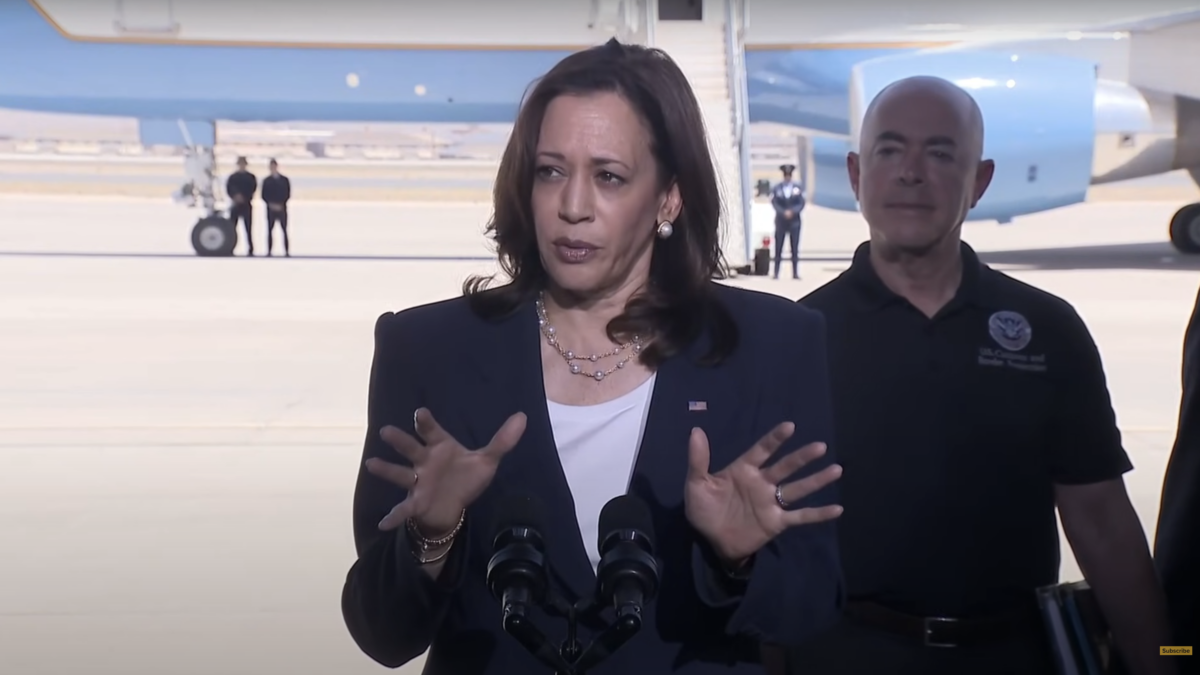At the Republican National Convention, Donald Trump Jr. compared his father to legendary President Teddy Roosevelt. As Jr. pointed out, an attempted assassination of TR had occurred less than a mile from the current-day convention site in Milwaukee in 1912. Running a third campaign to get back in the White House after a previous term as president, Roosevelt was hit in the chest by the would-be assassin’s round on the way to deliver an address.
Roosevelt famously continued speaking while bleeding from his wounds and vowed that it would take more than a bullet to kill a “bull moose.” Trump memorably raised his fist mere seconds after almost losing his life on July 13 and powerfully encouraged the crowd to “fight!” in the face of evil.
At a 2015 debate watch party before Trump was even taken seriously by many Americans, an early supporter named Ron VillaReale first introduced the parallel to me: “The silent majority is sitting there waiting for a leader. He’s the first person since Teddy Roosevelt who has even bothered to act like a leader or even had any sense of what leadership really is.”
Even the corporate media have tried their hand at Trump and Roosevelt comparisons in the past, with John Blake writing a screed at CNN in December of 2022 about how the schism Roosevelt caused with a third-party run with the Bull Moose Party could come to be Trump’s legacy as well. So far, Trump has brought immense leadership to the GOP instead and continues to give considerable boosts down-ballot to people he endorses.
The similarities between Trump and Teddy don’t stop there. Both in-your-face New Yorkers from rich families, Roosevelt and Trump blazed their own trails in life, becoming avowed nationalists and champions of the working class, often striking a populist tone. Where Trump has “America First,” Roosevelt had his “new nationalism.”
Both promised to stand up to special interests and detached elites in D.C., with Roosevelt even being offered a vice-presidential spot to steer him away from causing any undue rocking of the boat in the Oval Office. Both had a struggle within the GOP to become the acknowledged chief, navigating party insiders who thought they were too brash, outspoken, and reckless.
Parallels in Foreign Policy
Where Trump brags about his work pulling out of the “worst deal ever” — the Iran Deal — and says he can “end a war with a phone call” and prevent wider war with Russia, Roosevelt helped broker a treaty between Russia and Japan to give the U.S. Navy greater leverage and dominance in the Pacific.
Where Trump is well-known for demanding NATO pay its fair share and asking Germany to up its defense budget instead of relying on America, Roosevelt demanded that Germany fall in line with the Monroe Doctrine. Where Trump rose to prominence on a secure border platform, Roosevelt negotiated an immigration agreement with Japan.
Working with Industry
Roosevelt’s remarkable Great Outdoors Act, a landmark in conservation law, was passed along with sponsorship from senators in the fossil fuel industry. Trump, likewise, isn’t afraid to work hand-in-hand with industry and put American industry first. “Drill, baby, drill!” was heard at the Milwaukee convention, but you won’t hear that anywhere at the Democrat convention this August in Chicago.
If Trump can move further on conservation and environmental protection without buying into the “Green New scam,” as he termed it, that would be another welcome step forward in policy that doesn’t have to kneecap industry and U.S. energy independence to succeed.
Nicknames
When it comes to nicknames, you guessed it: Roosevelt was also a big fan, calling his opponent William Howard Taft “puzzlewit” and “flathead,” among other appellatives. Despite working with him previously, Roosevelt turned on Taft in his 1912 third-party run, somewhat akin to Trump turning on former VP Mike Pence and the GOP “establishment” of Paul Ryan and co. If there’s one thing even Trump detractors can admit, it’s his acumen for applying childish but effective and demeaning nicknames to his opponents on the campaign trail and when he sought the nomination in 2016.
While TR had previous experience as a state legislator, governor, police commissioner, and high-ranking Navy official, Trump rose through the real estate and show business world. However, Trump has made his lack of insider experience before the presidency a selling point rather than a deficit.
Fighting On
The point is this: Trump is brave to have run in 2016. He’s brave to have run in 2020 and now in 2024. He’s brave to keep running after having narrowly dodged death. He’s a symbol to everyone to get up when they’re down and never give up. And that’s a damn powerful symbol.
As The Federalist’s D.C. Columnist Eddie Scarry recently noted in his piece on the left’s bloodlust, “There are still another three and a half months. Things are about to get so much worse. What will they do next?”
After being shot, Roosevelt, like Trump, memorably encouraged Americans to fight, saying “it is a worthy” battle, and exhorting people that with “the right spirit in you, you cannot fail.”
Whereas Roosevelt’s third-party run split the GOP vote and led to the election of globalist neoliberal Woodrow Wilson, Trump is now clearly in charge of the GOP, and his poll numbers are surging. Far from some conservative fantasies, the comparison of Trump to one of America’s greatest leaders is absolutely in order.
Roosevelt’s visage is carved into Mount Rushmore for many reasons, but there’s no doubt that his personal bravery, standing strong in the face of death and danger, is one of the reasons he has been memorialized.
We have seen how statues can be torn down, after all, as Roosevelt’s was in front of the Museum of Natural History in New York in early 2022. But while statues and monuments can be defamed, legends live on in the people.
As for Trump, his survival on July 13 will one day likely come to be seen as equally heroic as Roosevelt’s leadership in a time of crisis, but Americans don’t need to focus on his legacy or what mountain his image should be carved into. For now, they need to focus on getting him elected this November and ensuring he can fix things in the here and now.
